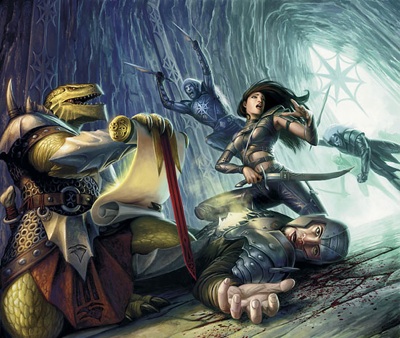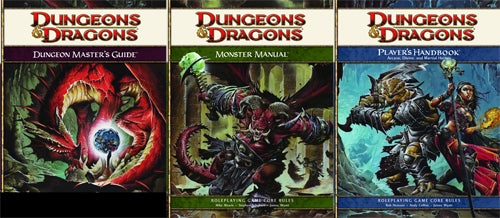Classes are deeper now, with more meaningful customization options and a more modest progression. Multiclassing is still available, but it seems like the development team has found a way to balance the overpowered multiclassing opportunities of D&D 3.5 while avoiding the convoluted mess that was multiclassing in 4th Edition. In most cases, you’ll want to stick to your starting class, but there are some interesting multiclass builds that I certainly want to try out.
My favorite addition to the character creation process is the new Background system. This randomly-generated feature nets your character a couple of skill proficiencies, some gear and a Background Feature that aids you in your exlpoits in the story.






